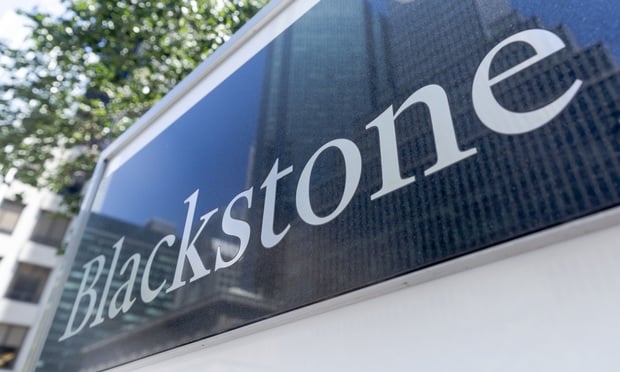From a national perspective, for the first time since 2020, as many as a dozen apartment markets saw absolute asking rents decline in a month, according to Apartments.com's July 2022 Rent Growth report.
Five other markets saw no changes in rent – during a time that some say is seasonally strong for apartments.
"The deteriorating rent situation highlights a significant collapse of demand in the sector when new unit deliveries are projected to hit 230,000 in the second half of 2022," Jay Lybik, National Director of Multifamily Analytics, CoStar Group, said in prepared remarks.
Recommended For You
Want to continue reading?
Become a Free ALM Digital Reader.
Once you are an ALM Digital Member, you’ll receive:
- Breaking commercial real estate news and analysis, on-site and via our newsletters and custom alerts
- Educational webcasts, white papers, and ebooks from industry thought leaders
- Critical coverage of the property casualty insurance and financial advisory markets on our other ALM sites, PropertyCasualty360 and ThinkAdvisor
Already have an account? Sign In Now
*May exclude premium content© 2025 ALM Global, LLC, All Rights Reserved. Request academic re-use from www.copyright.com. All other uses, submit a request to [email protected]. For more information visit Asset & Logo Licensing.








